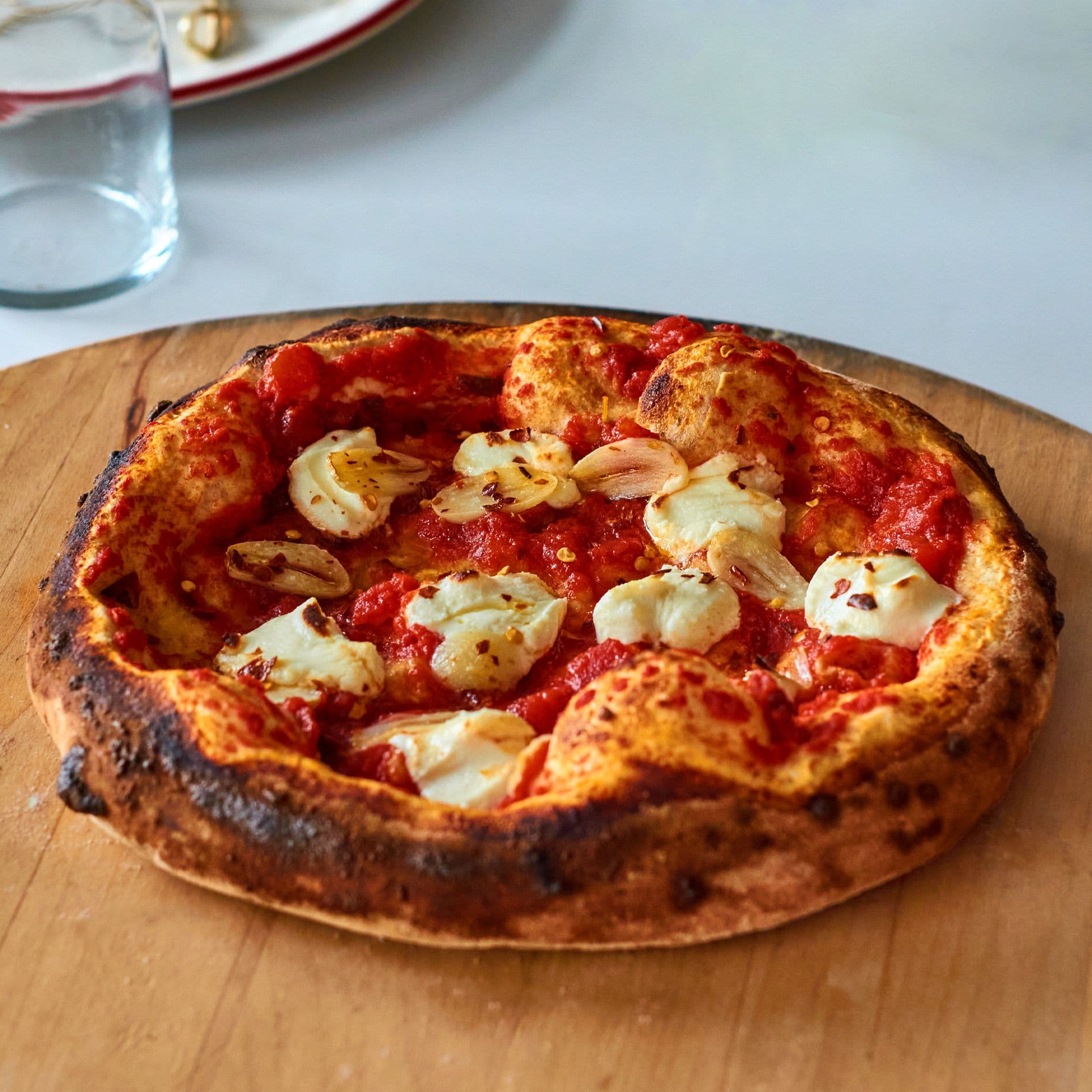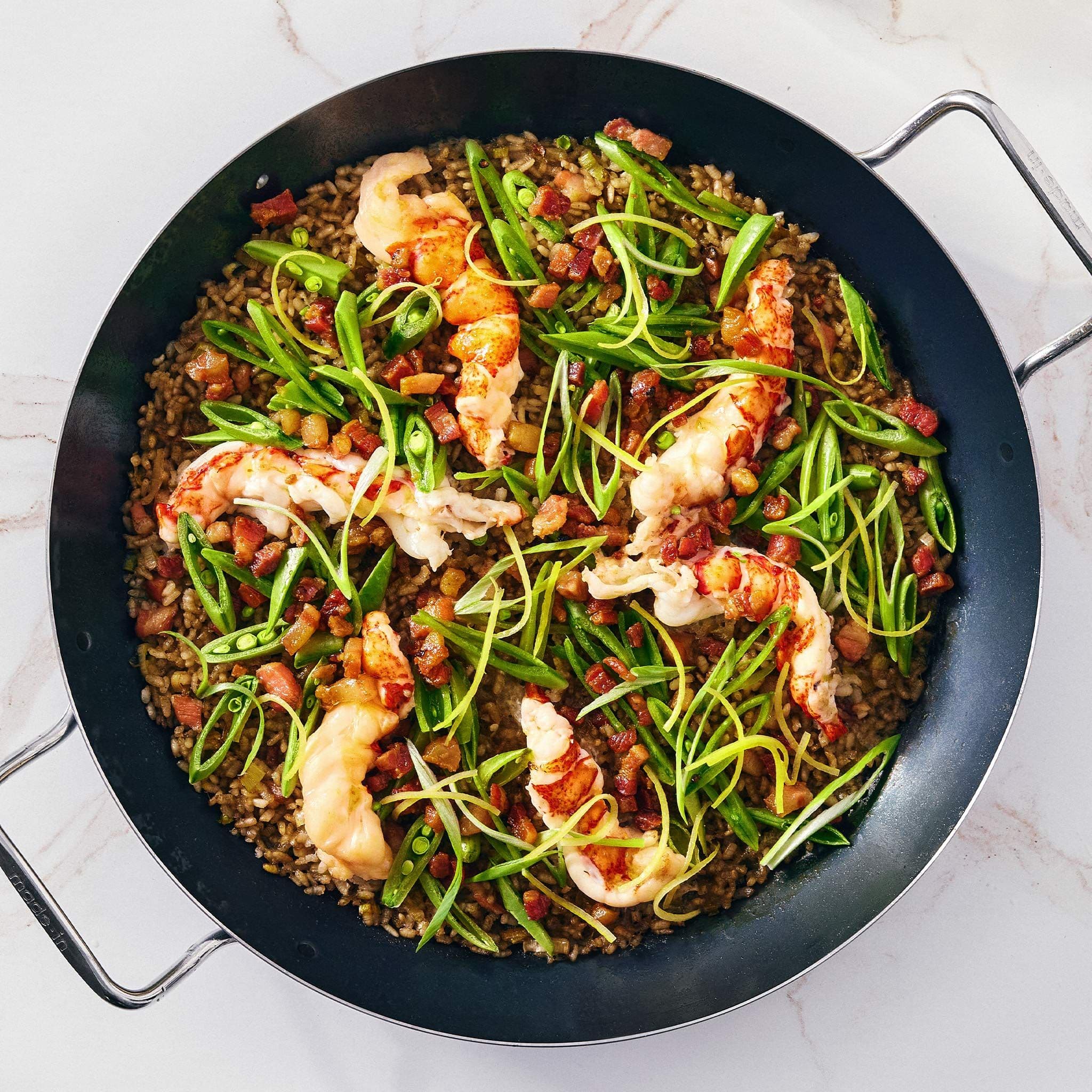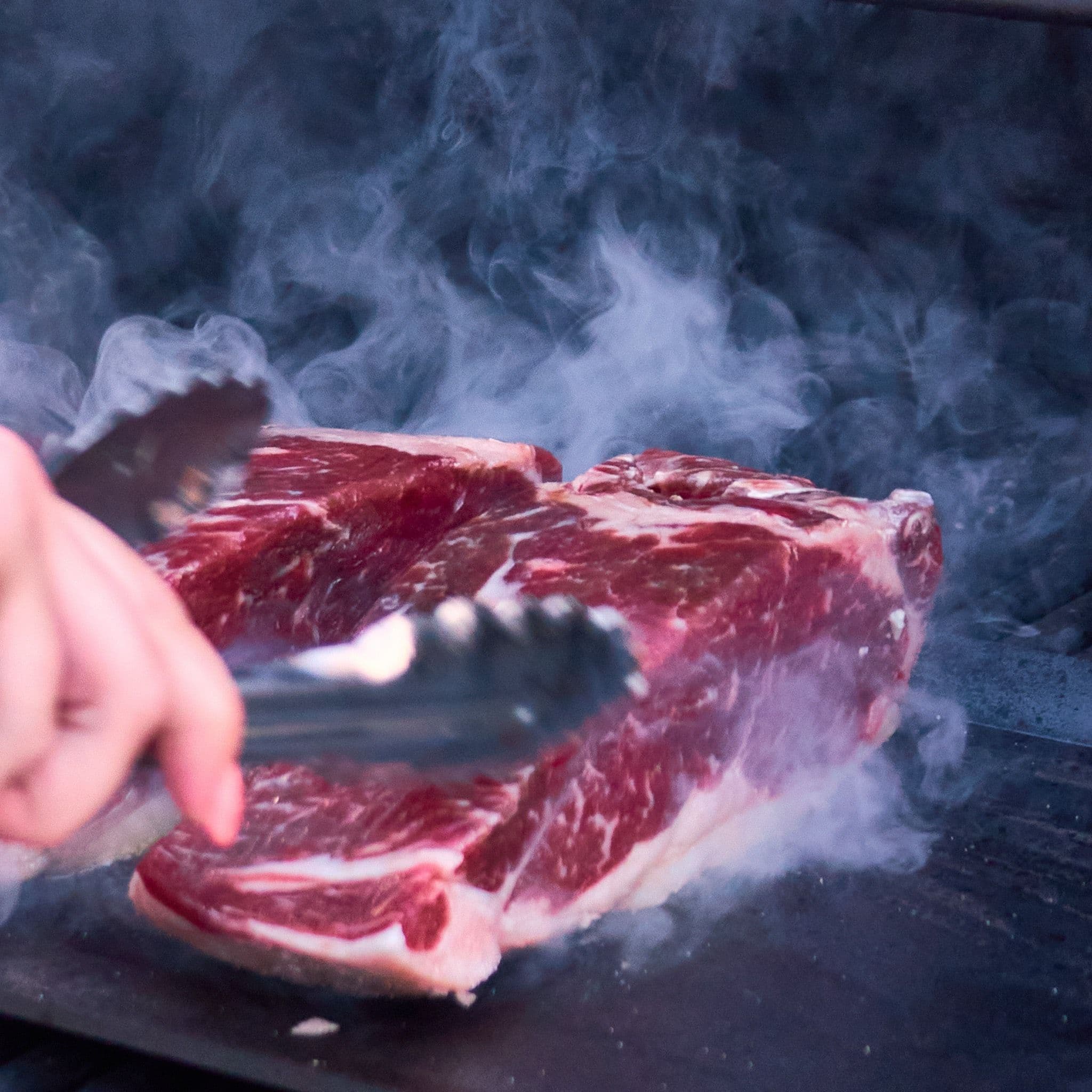We all want to be that person—you know the one—who makes pizza at home. With the right equipment, ingredients, and cooking methods (that you can modify to fit your oven), you'll be slinging pies like a pizzaiolo.
To learn the keys to homemade pizza directly from a Culinista chef, book a cooking class.
Equipment
This is not a “winging it” endeavor. You need the right equipment. Some of it is specifically for pizza; some things you probably already have at home. You can absolutely make your own dough, but there’s no shame in using store-bought or pizzeria-bought dough.
For the Dough (optional)
Kitchen Scale
Stand Mixer
Cook Surface Options
Pizza Stone
Baking Sheet
Suggested Tools
Pizza Peel
Pizza Cutter
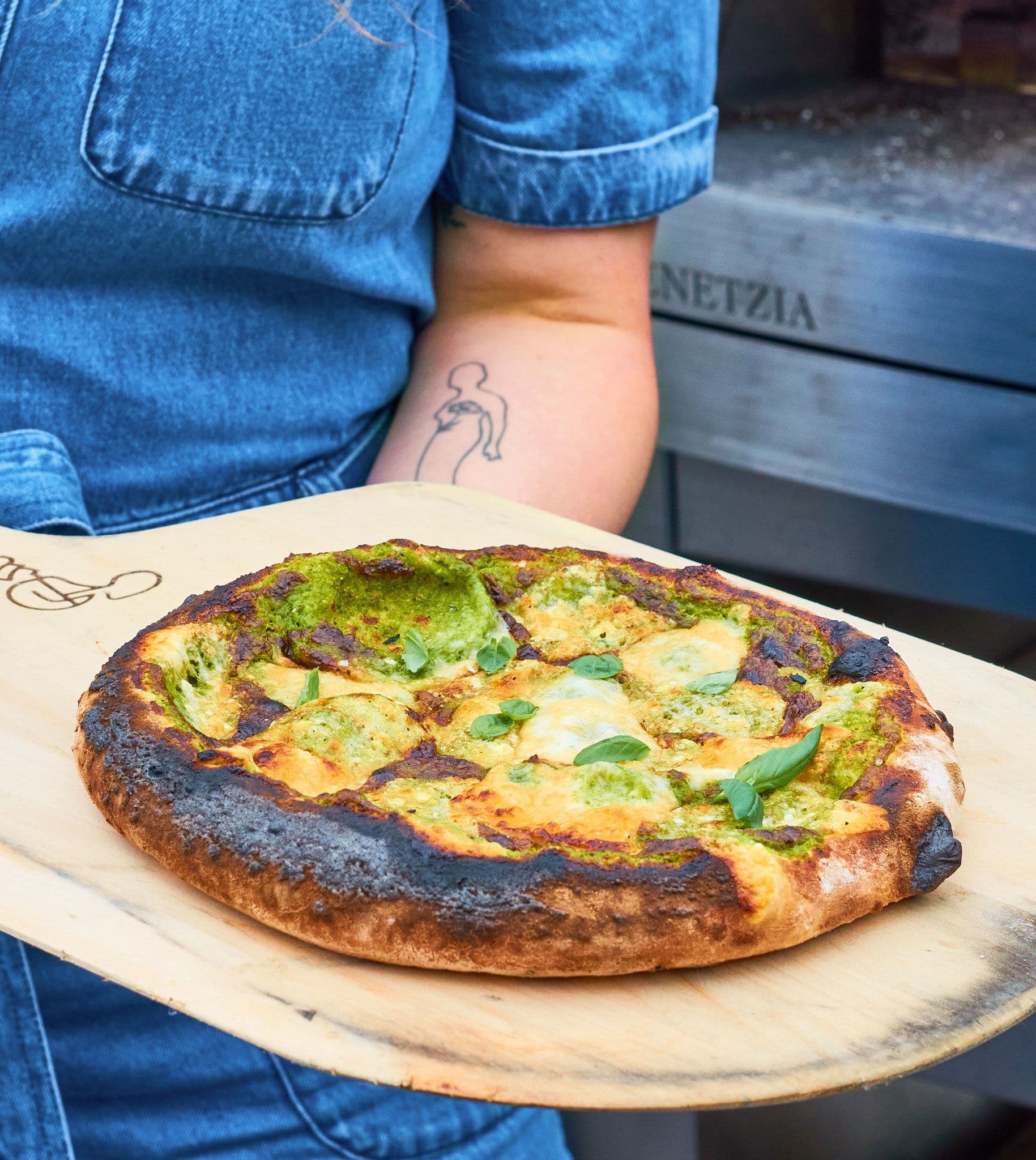
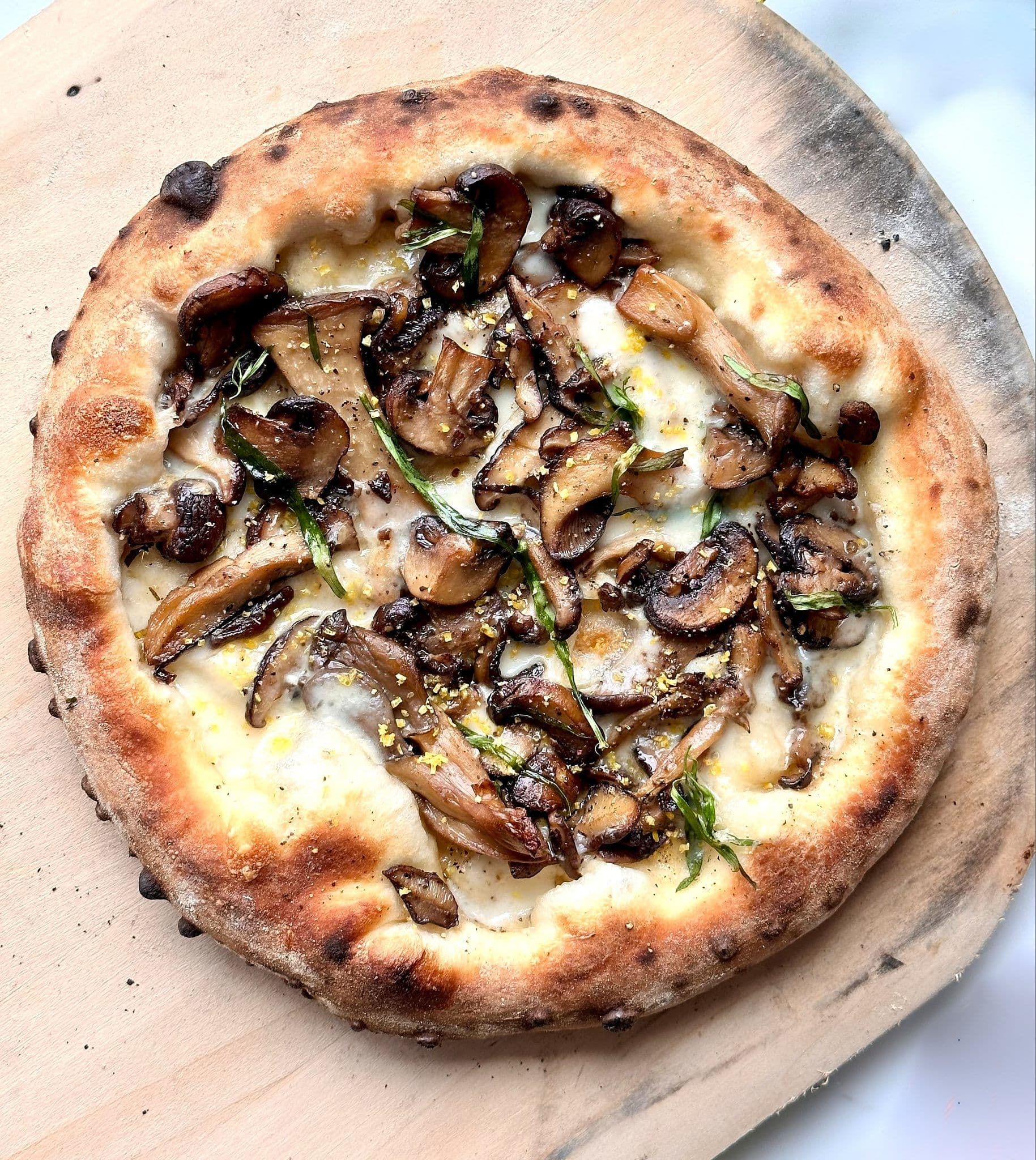
Ingredients
Must-have Ingredients:
Pizza Dough
Sauce
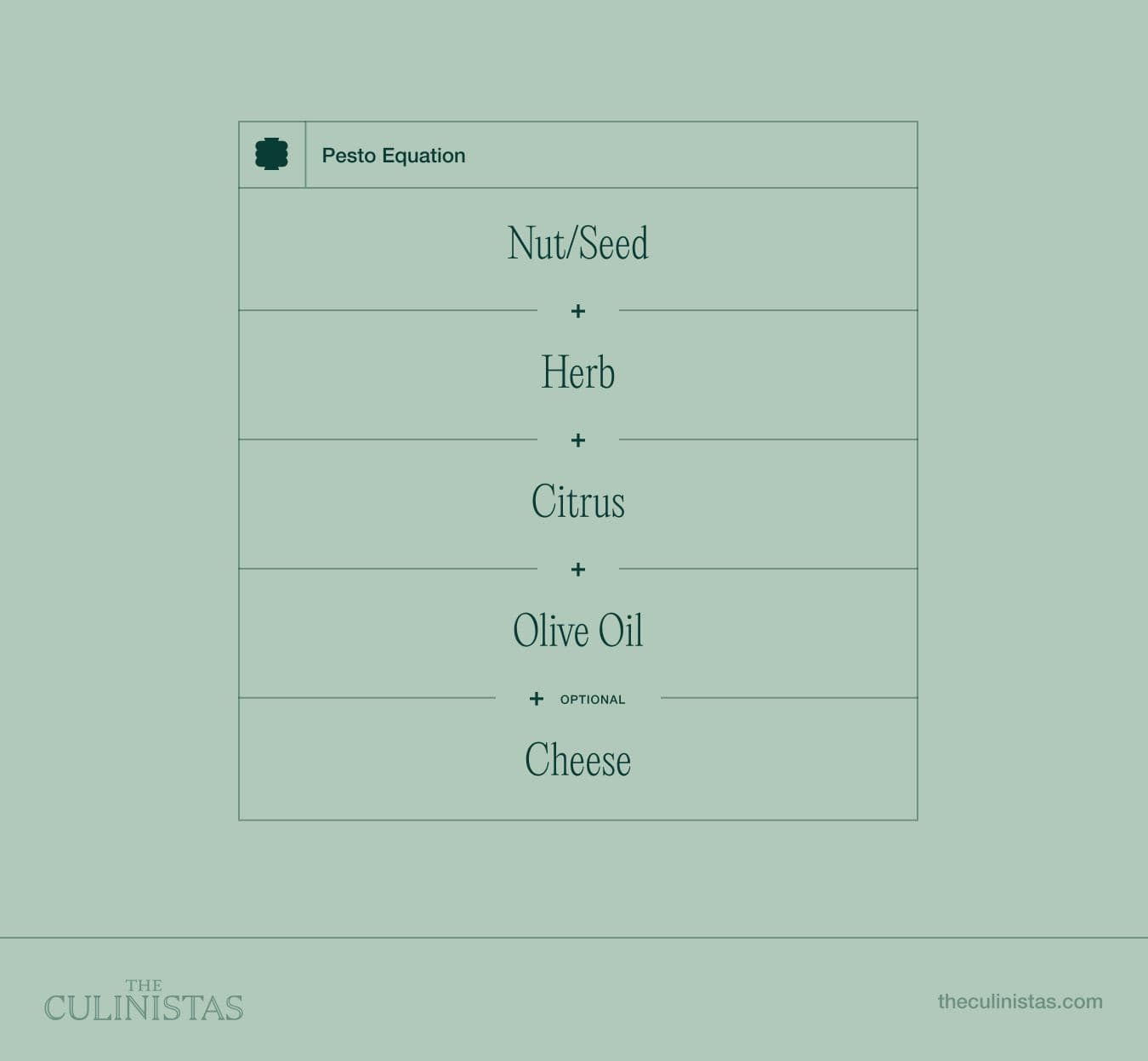
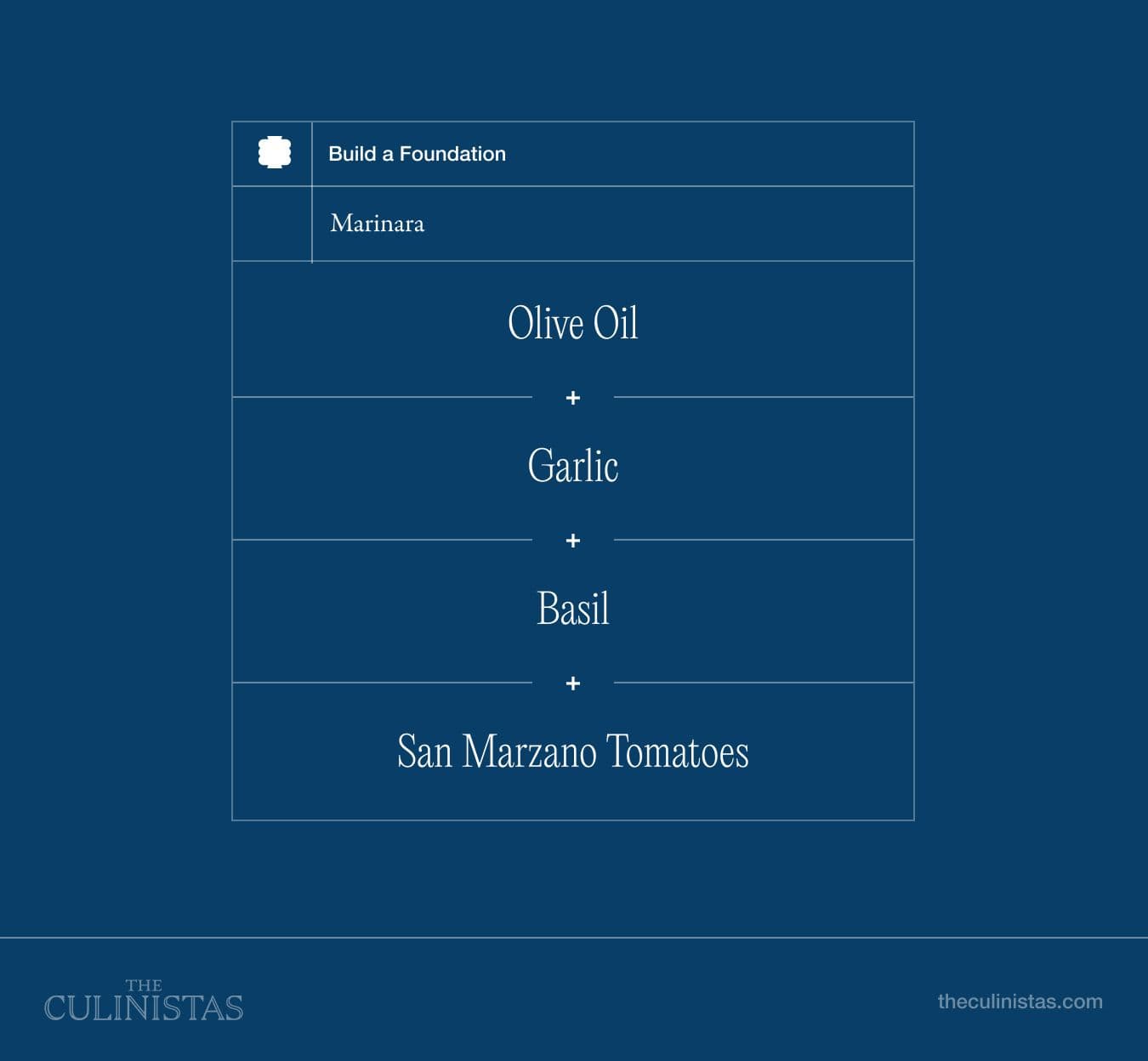
Cheese
Optional Ingredients:
Cornmeal
Toppings
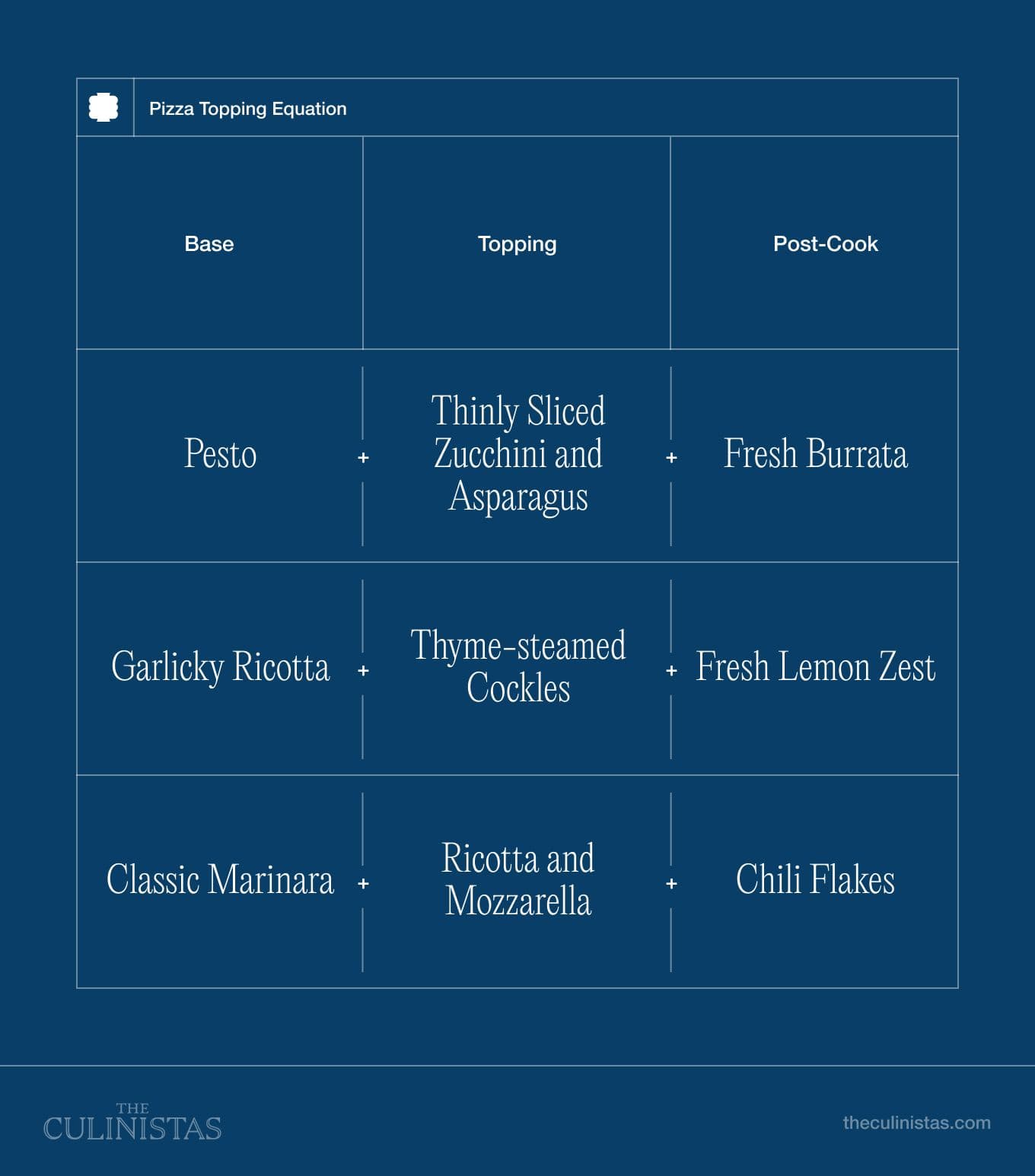
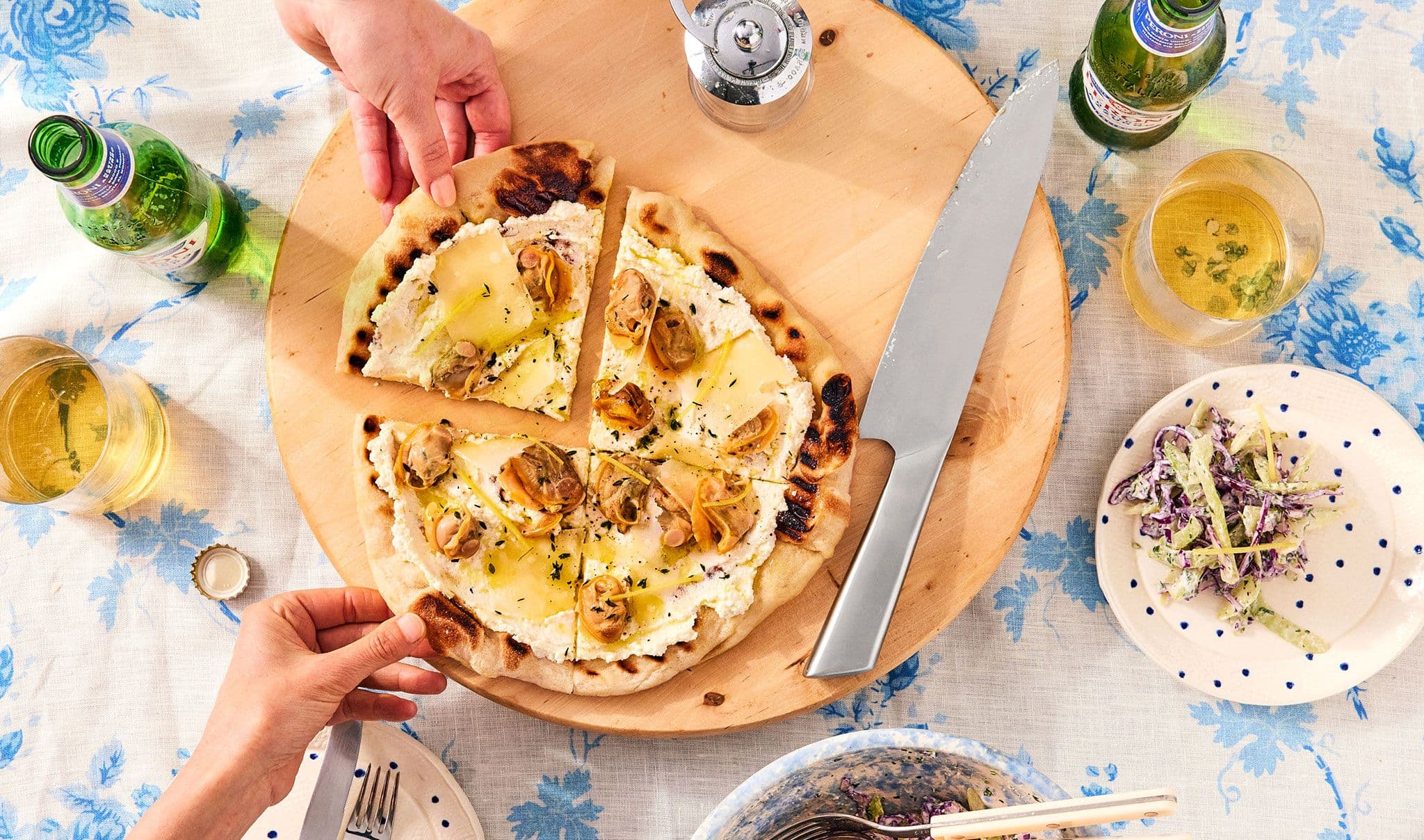
Step by Step
1.
Preheat the oven
Preheat the oven to 425°F. If you are using a pizza stone and peel, the stone must be preheated in the oven to ensure it is hot before baking. If you are using a baking sheet and a pizza peel, you can do the same: preheat the sheet upside down in the oven. If you do not have a pizza peel, don’t preheat your cooking surface, because it will be too difficult to slide the pizza on when it’s hot. Your pizza won’t cook as evenly, but safety first!
2.
Roll out the dough
Dust a clean surface with cornmeal (or flour) and roll out dough. Work with your fingertips, starting in the center, moving in a circular motion and spreading until the dough begins to form a circle. At this point, you can lift and pull the dough to achieve the desired shape.
3.
Add the sauce, cheese, and toppings
When it comes to pizza sauce, a little goes a long way. You can always add sauce, but you cannot take it away. Spread a translucent amount of sauce over the dough, leaving a bit of space around the periphery. Add cheese and toppings of your choice. Do not overload the pizza; this makes it harder to get the pizza onto the peel, and can result in a soggy pie.
4.
Cook the pizza
Carefully transfer your pizza to the preheated oven. If you're using a pizza stone, slide the pizza onto the stone using a pizza peel dusted with cornmeal. Bake until the crust is golden brown and the cheese is melted and bubbly. If the cheese is browning and overcooked before the crust is golden, try to form a thinner crust on the next round.
5.
Rest the pizza
After removing the pizza from the oven, it is crucial that the pizza sits for a few minutes before slicing. Waiting to slice allows for the cheese to slightly set and will help the toppings to stay in place.
The beauty of homemade pizza is you can make multiple small pies, learning as you go. It’s also a wonderfully interactive experience: every guest can make a pie with their toppings of choice. And if you’re craving a more in-depth lesson on how to make pizza at home, our Culinista chefs are at the ready.
Book this menu now
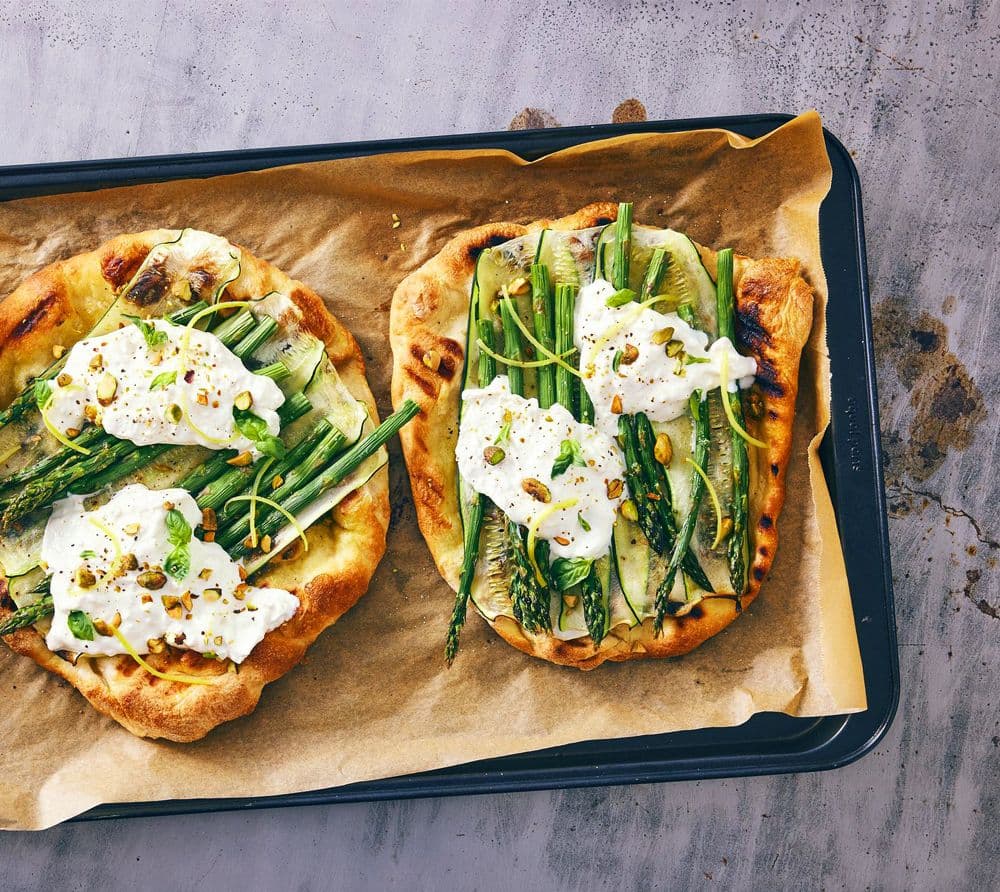
Cooking Class
